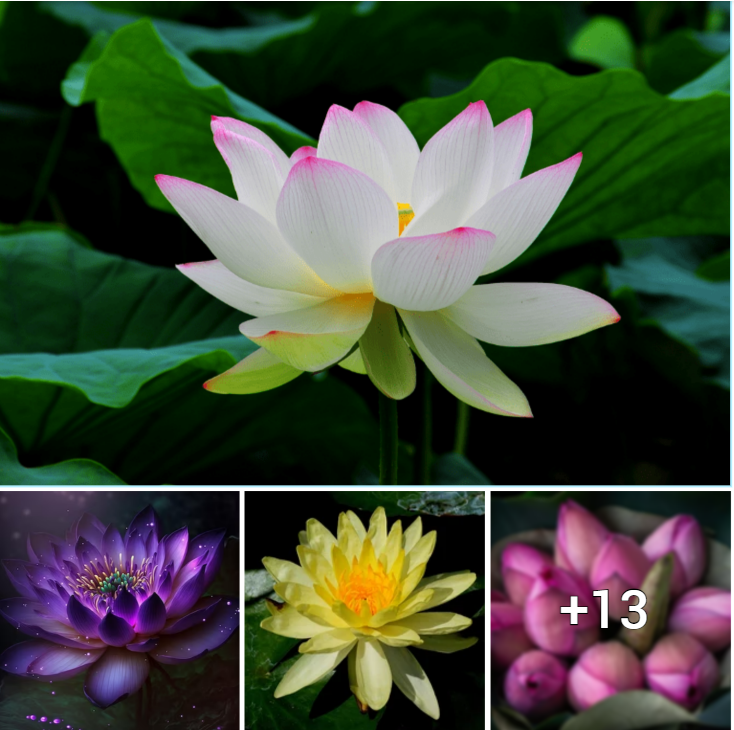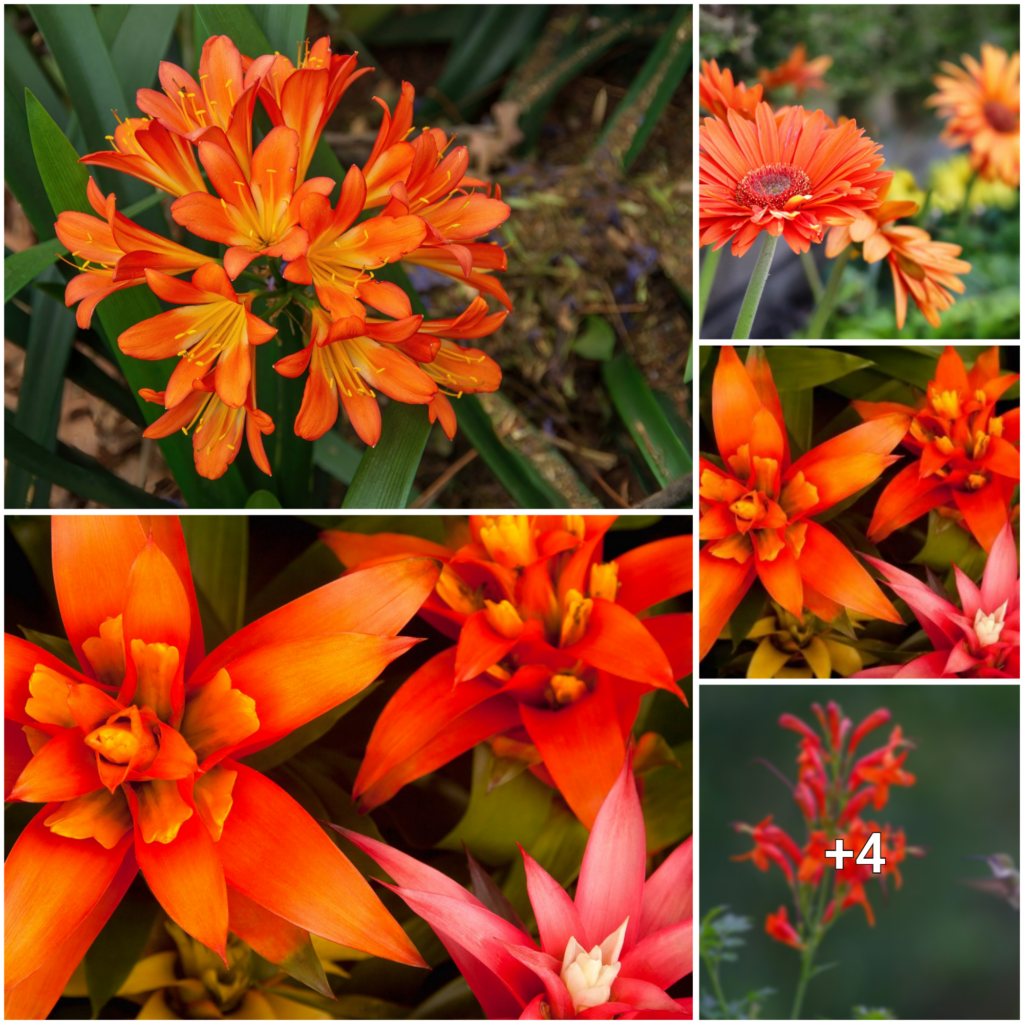Transforming your garden with the exquisite charm of lotus flowers can be an immensely fulfilling pursuit. Revered for their symbolic significance and mesmerizing aura, lotus plants have the ability to imbue a sense of elegance and tranquility to any exterior space. This detailed manual equips you with professional advice to effectively grow lotus flowers in your garden. Unearth the insider techniques to foster these enthralling aquatic blossoms within the confines of your own premises.

Section 1: Picking the Perfect Lotus Variety
When it comes to creating a successful lotus garden, selecting the perfect lotus variety is the first step. Each type of lotus flower has its own unique characteristics and requirements for growth. To determine which variety will work best in your garden, consider factors such as size, color, and water depth. To make an informed decision, be sure to do your research and seek advice from local nurseries to find the lotus species that will thrive in your specific climate.

Section 2: Creating Perfect Growing Conditions for Lotus Flowers
To ensure that your lotus flowers bloom beautifully, it is crucial to provide them with an ideal environment. Since lotus flowers thrive in water, it’s important to create the right growing conditions. Begin by selecting a sunny and open spot in your garden. It’s important to ensure that the lotus plants get ample sunlight for at least six hours daily. Next, prepare a container or pond that is deep enough (12-18 inches) to hold the lotus tubers.

Third Step: Planting Lotus Bulbs
The most common way to propagate lotus plants is by using their bulbs. Begin by soaking the bulbs in warm water for approximately a full day, allowing them to absorb moisture and promote growth. Next, plant the bulbs horizontally in the designated pond or container, ensuring that the indented side faces upwards. Finally, delicately cover the bulbs with a layer of soil while keeping the tips visible.

Keeping the water quality optimal is vital for the growth and development of lotus flowers. It is essential to have clean, uncontaminated, and non-chlorinated water for the lotus plants to flourish. To maintain the optimal environment for the lotus plants, it is recommended to use a water filtration system or dechlorination agents. Regular monitoring of the pH levels and temperature of the water is also crucial to ensure that the lotus plants remain healthy.

Maintaining the health and growth of your lotus plants requires consistent care and attention. Watering plays a pivotal role, and it is essential to maintain a consistent water level, ensuring that the depth remains between 3 to 6 inches above the soil. However, it would be best to avoid overwatering because this may cause rotting. Trim any dead or decaying leaves and flowers to promote healthy growth and prevent the spread of disease.




